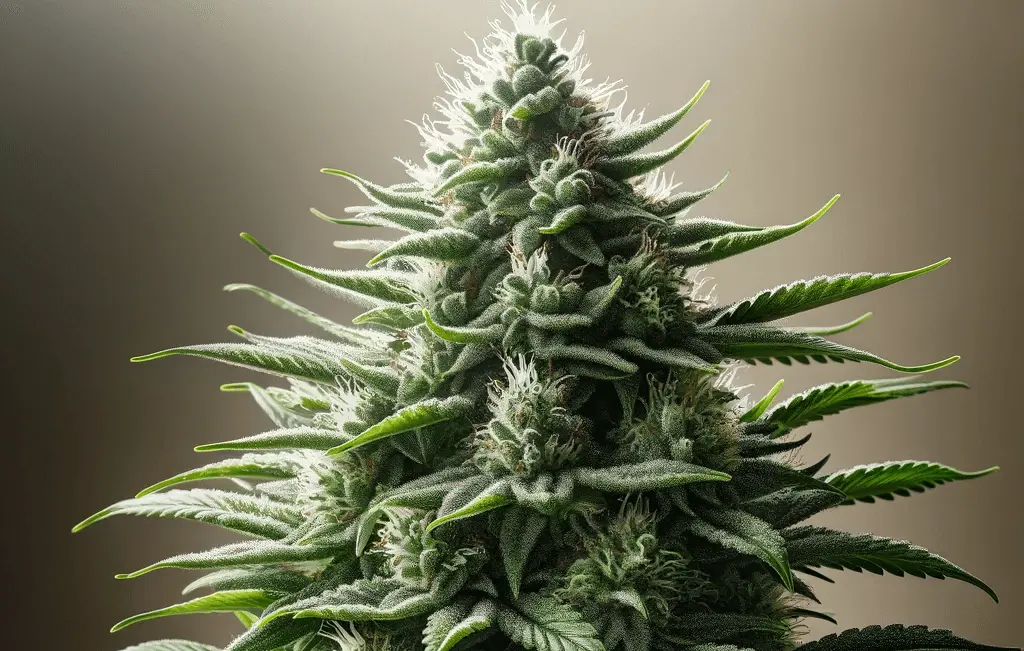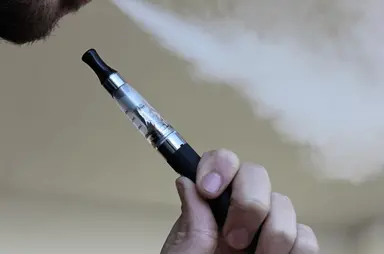Maximizing the Potential of THCA: Tips for Consumption and Dosage
THCA is non-intoxicating and can’t get you high until it has been exposed to heat (decarboxylation). It may protect the brain from diseases like Parkinson’s and Alzheimer’s thanks to its neuroprotective characteristics. It also displays antiemetic capabilities that can help with chemotherapy-induced nausea and vomiting. There are several ways to ingest this, such as in smoothies and juices, raw, or as a tincture or topical.
Start with a Dose
Many consumers find that starting with a low dose of THCA, especially in a vape cartridge or gummy, allows them to feel the benefits without becoming psychoactive. THCA percentages can vary significantly from product to product, so it’s best to start with a low amount and increase in small increments until you feel the effects. This method of consumption allows you to experience the health benefits that THCA provides, including pain relief, appetite stimulation, nausea reduction, and better sleep without getting high. However, it’s important to note that THCA is not psychoactive in its raw form and only becomes active once exposed to heat and converted into THC.
Suppose you’re interested in consuming THCA through methods that don’t activate its conversion into THC. In that case, it is also possible to purchase THCA tinctures or supplements that contain the non-psychoactive cannabinoid in its pure form. These can be added to drinks or taken as a pill for daily use to help regulate your experience and prevent building a tolerance over time. While research on THCA is in its early stages, some clinical trials have shown that this cannabinoid may have anti-inflammatory properties. For instance, THCA lessens inflammation linked to long-term ailments like irritable bowel syndrome and rheumatoid arthritis. In addition, THCA was shown to inhibit the progression of a neurodegenerative disease called Alzheimer’s.
Smoke
THCA does not get you high in the same way that THC does because THCA isn’t the right shape to fit into the cannabinoid receptors. Decarboxylation transforms the THCA molecule into the proper shape, unlocking its psychoactive effects. Smoking weed, using a dab rig, or heating cannabis flower in a regular oven are all ways to activate THCA so you can experience its therapeutic benefits. You can also add THCA to edibles and tinctures to reap its health benefits, but orally consuming THCA takes longer than smoking or vaping because you have to wait for it to be converted into THC by the body. To get a faster reaction, try placing a THCA tincture under your tongue and holding it there for up to a minute.
THCA has anti-inflammatory properties and is known to relieve pain and reduce nausea. It has also been shown to prevent neurodegenerative diseases such as Parkinson’s Disease and ALS and can help treat appetite loss. It may be helpful as an alternative to prescription medications for some patients. We suggest starting with a low dose and gradually increasing your dosage until you find your THCA sweet spot. The best THCA products from Binoid come with clear dosing directions on their labels, making it easy to find your perfect dosage.
Vaporize
THCA is inactive on its own, but it can be activated with heat. Decarboxylation changes the molecule’s shape, turning it into a key that fits into cannabinoid receptors and unlocks psychoactive effects. It is the process that happens when you smoke cannabis, take dabs, or consume THCA in oil form. When THCA is vaporized, it produces a similar experience to smoking, but at a much lower dose and without the potential side effects such as coughing or irritation. Vaporizing is also a great way to explore the full spectrum of effects from different strains and dosages. Choosing a quality vaporizer that controls the temperature ensures that the THCA isn’t exposed to excessive heat, which can burn it. Then, start with a small amount of THCA and gradually increase your dosage until you feel the desired effect is recommended. If you prefer to avoid using a vaporizer, try consuming raw THCA in your food. Adding natural cannabis to smoothies or eating it like a vegetable is another convenient and discreet way to experience the benefits of this plant without activating its psychoactive THC properties.
Eat
While smoking, vaping, and eating THCA-infused edibles can be very enjoyable and effective, you may prefer to eat your cannabis directly in its raw form. It can be a delightful and convenient method of consumption, and many businesses now offer THCA-infused products specifically designed for eating. As the name suggests, THCA (tetrahydrocannabinolic acid) is the precursor to THC. It can be found in a raw form in the cannabis plant, and it’s often used to create non-psychoactive products, such as tinctures, for use by consumers who want to experience the medical benefits of cannabis without experiencing a high.
Its chemical structure prohibits THCA from binding to the CB receptors in our endocannabinoid system, as it does not have the right shape for this binding process, says Erik Smith, MD, a medical practitioner with cannabis health tech platform Veriheal. THC, on the other hand, does have a shape that is compatible with these receptors. The only way THCA can be transformed into THC and experience its psychoactive effects is to undergo decarboxylation, such as by applying sufficient heat to it when it’s smoked or vaped. As with all ingested cannabis, THCA will show up on a drug test. The good news is that THCA remains in your body for much longer than THC. It can be a beneficial effect if you are treating chronic pain or nausea, as THCA is effective at relieving these symptoms.







